A staple of gallery and museum lighting
Track lighting has been a staple of art gallery and museum lighting because it can adjust to a multitude of changes while helping lighting designers to create compelling and beautiful compositions. A museum or art gallery is a place to discover, explore and learn. Lighting is a form of visual communication between the exhibit and visitor. It plays a vital role in bringing out the character of art, artefacts, sculpture and other exhibits of artistic, cultural, historical, or scientific importance. A visit to most museums would reveal the popularity of track lighting which provides highly controllable beams of light to create an engaging environment and make artworks the center of attention. Museum lighting itself is a complex work of art, and track lighting can be used as a creative tool to help people explore inspiring worlds of culture and history, wonders and fascinations, and insights and discoveries.
Lighting challenge faced in today’s museums and galleries
Successful museum lighting design is a strategic blend of light distribution, aiming angle, color, and intensity. Of these qualities, angle is the only quality that does not connect with the light source. However, the angle of the light affects the visual experience of museums in many aspects, including modeling of three-dimensional forms, shadows of objects on background, viewer’s shadows on tasks, direct glare and sparkle, and reflected glare (veiling reflections). The museum environment is one of the ever-changing environments that demand a highly flexible and dynamic lighting solution. Museum lighting must offer the flexibility of changing the installation of luminaires as displays change, and the ability to stand up to repeated installations and re-positioning. These requirements, in conjunction with the need for flexibility of focus and beam manipulation, make track lighting the method of choice in the museum world. The rotation and tilt adjustability and the ability to be moved along the track as desired allow track luminaires to aim at the optimum angle of incidence and highlight the best attributes of displayed objects.
Optical flexibility
The versatility of track lighting, underwritten by its aiming flexibility, movability as well as a choice of beam options, displays particular strengths in museums. From spotlighting and floodlighting to asymmetrical wall washing, track lights are all-around performers in museum lighting. These adjustable directional luminaires are workhorses of accent lighting, task lighting and wall wash lighting in museums and galleries. Narrow beam spotlights provide high punch accent lighting for 3D modeling, delivering a sculptural medium that can reveal and model form and texture. Flood lights, with a beam angle of 20°to 60°, deliver uniform illuminance across an art piece. Wall wash lights are used to uniformly illuminate large vertical displays or to provide the base layer of light in a layered lighting design that may include high contrast spotlighting of individual objects or points of interests. Directional luminaires may be part of the ambient illumination layer or localized task lighting necessary to the functioning of a space.
System configuration
A museum track lighting system is comprised of a track system and one or more light fixtures (track heads) which include adapters for detachably engaging the fixtures to the track. Track systems receive electrical input from a power source and deliver it to the track heads. A track system is also a support structure that allows luminaires to be placed in different locations along the track and aimed at a particular target area with minimal effort. The track system itself can be surface mounted, suspended from ceilings with pendant accessories, or recessed into the ceiling with special housing or clips. Tracks, otherwise known as rails, are linear profiles made of extruded aluminum, containing channels that allow insulated copper conductors to run through and form a continuous electrical raceway. Tracks may also include bus channels to incorporate data lines. The extruded aluminum rail can be easily cut to length in the field. The also be mechanically and electrically joined together to make continuous straight runs using straight connectors or to creating custom track systems with “X”, “L”, or “T” shaped connectors, flexible connectors, or geometric connectors.
Track systems
Track systems come in different voltage specifications as well as a variety of mechanical and electrical configurations. While low voltage tracks are available for commercial applications, most museum track systems are line voltage. Line voltage track lighting can accommodate more lights and make longer runs from a single feed point.
Depending on the load requirement, a track systems may have single or multiple circuits available for each load circuit. Typically, the amount of power and corresponding current that each circuit can deliver is limited by a 20 amp circuit breaker. Multi-circuit tracks are designed to provide more power handling capacity and allow to operate each circuit separately. Most multi-circuit tracks are two-circuit systems that provide double the load capacity of a one-circuit track. However, when two-circuit tracks sharing a common neutral feed line are on the same phase, the track power capacity is limited to 20 Amps. Doubling the capacity for 2-circuit tracks running on the same phase requires the use of separate neutrals. Independent neutrals completely isolate the two circuits, lending full power handling capacity to each circuit while eliminating cross-circuit interference and the unwanted interaction between dimmers.
The tracks come in varied designs, with the three most common types being the H (Halo compatible) system, J (Juno compatible) system, and L system (Lightolier compatible). Different types of track systems challenge the compatibility of track adapters.
Track heads
Museum-grade track lights are typically integrated LED systems. Lamp-based LED track lights, which are simply assemblies of LED lamps and light fixtures (housings), are rarely used for museum lighting applications because the LED lamps are often inadequately designed due to the cost and space constraints. LED lamps are generally designed as commodity products of which the color quality, beam performance and system reliability fall far short of what is required for art display lighting. In contrast, integrated LED track lights are designed with an emphasis on creating ideal operating conditions for the LEDs and delivering photometric performance to match the exact needs. A holistic approach to system design ensures all constitutive parts of the LED track luminaire operate to specification under various environmental or operational stresses. Another hallmark of integrated LED systems is application oriented optical design, which translates to excellent beam characteristics and low optical losses.
Design and construction
Integrated LED track lights come in various form factors, including cylinder, square and linear. The form factor is generally dictated by the beam pattern of the LED luminaire. Cylinder style LED track lights typically include a dedicated light engine which is an integrated assembly of the LED module and the heat sink, whereas low profile LED luminaires often embrace the fixture-as-heat-sink design in which the luminaire housing serves double duty as a heat sink. These designs aim to maximize the effective surface area of the thermal path and minimize the length of the thermal path. The thermal resistance of all of the components along the thermal path is also reduced to a minimum through the use of metal core printed circuit boards (MCPCBs), thermal interface materials (TIMs), and high thermal conductivity aluminum heat sinks.
Track lighting commonly uses high power and chip-on-board (COB) LEDs which, aside from their high lumen output and beam performance, are favored for their ability to survive high thermal stresses and allow for robust package-to-board thermal path construction. Effective thermal management is critical to long life operation of LEDs. Failure to extract heat efficiently from the LED package will accelerate the kinetics of temperature-dependent failure mechanisms, which can result in color shift and lumen maintenance. Color shift (chromaticity maintenance), which refers to the ability of a light source to maintain its spectral power distribution (SPD) over time, is a major concern for art display lighting.
The optical system
The optical system is arguably the most challenging part of designing a museum-grade lighting system. The shape and distribution of illuminances produced by a track luminaire are of vital importance for museum lighting. Accent lighting on artworks typically requires the luminaire to deliver a high center beam candlepower (CBCP) in the beam. The high punch beam highlights shape, texture, finish and color to draw out the best traits of the artwork. The accent beam may be specified with a field-to-beam ratio so that it appears with the desired “hardness” or “softness”. Wall washing and illumination of flat objects on horizontal and vertical surfaces are quite discriminating about the uniformity of light distribution. Optical control is accomplished with devices such as lenses, reflectors, diffusers and louvers. Lenses can be used to produce rotational and axial symmetries.
Total internal reflection (TIR) optics have emerged as the preferred choice for regulating luminous flux from LEDs. These compound lenses are capable of creating very tight, uniform beams with FWHM divergence as small as 3 degrees. A TIR optic can be a single compound lens or a lens array. The lens array is used to provide beam control for light engines with an array of LEDs. Highly controllable beams with a perfectly rotational symmetry can also be created with faceted reflectors. These reflectors consist of large number of small surfaces (facets) that reflect light in directions precisely defined by the angles they form with respect to the incoming light beam.
Asymmetrical reflector systems are used to produce wall wash beams. Visual comfort is an equally important consideration. LEDs are high intensity light sources that have excessively high luminance. A museum grade LED track light should have an acceptable level of shielding to eliminate high angle glare and prevent attention being drawn to the luminaire. Glare control is achieved through source regression and the use of hoods and louvers.
Color reproduction
Museum lighting is deemed of high color quality if it enables the displayed object to reveal its color characteristics. For many museum applications, the light source must render colors with accuracy comparable to that of a blackbody radiator, such as incandescent lamps or daylight. Daylight has a high color rendering index (CRI Ra of approximately 100), incandescent lamps have an Ra greater than 95. CRI calculations are based on the average color difference for eight reflectance samples that are all of low to medium chromatic saturation. The special color rendering indices (R9 through R14) that are not included in CRI calculations must be adequately high because rendition of these highly saturated colors is of interest for most museum applications. R9, a saturated solid red, is vital to faithful color reproduction of skin tones, produce and artwork. A minimum R9 value of 25 is necessary to provide an acceptable product. Because of the deficits of the CRI Ra, more sophisticated methods such as TM-30 (Technical Memorandum TM-30-18) and Color Quality Scale (CQS) may be used to evaluate and describe the color quality of LEDs. These methods not only improve color fidelity calculations but also consider color saturation and other aspects of color quality.
To replicate the color quality of incandescent lamps and daylight, the LEDs incorporated in a museum-grade track light must deliver high radiant power fairly broadly across the wavelength range of the visible radiation spectrum. The make-up of the phosphor down-converter and chip selection determine the spectral composition of an LED. Common white LED sources are generated with blue LED chips and down-converters containing a mix of phosphors. White LED light can also be produced with violet-pump LED packages which use violet LED chips to emit light through a system of red, green and blue phosphors. In this case, the resulting white light has an SPD more uniform than that of blue-pump LEDs and can achieve superior color rendering. The downsides with violet-pump LEDs are their relatively low efficacy and high cost.
Color temperature
The color of light (chromaticity) establishes the color scheme of a space, give spaces a characteristic atmosphere, and affects subjective interpretations of brightness. A key indicator of color appearance is the correlated color temperature (CCT). This measurable color attribute enables lighting designers to dictate warmth (or coolness) of a light source. The selection of light source CCT is often driven by factors such as the desired artwork appearance, visitor preference, and the atmosphere to be created. However, the governing factor in CCT (or more precisely, chromaticity) selection for museum lighting applications is art preservation.
LEDs are well-suited to museum lighting because these solid state light sources do not radiate infrared (IR) energy and emit a negligible amount of ultraviolet (UV) light (< 5 uW/lm). Therefore LED lighting will not induce photochemical damages caused by UV radiation and radiant heating of object surfaces resulted from IR radiation. Nonetheless, radiant energy emitted in the shorter wavelength range of the visible electromagnetic spectrum has a higher potential to cause photochemical damages than radiant energy emitted at longer wavelengths. Typically, a high color temperature corresponds to a large portion of short wavelength light (blue light) in the visible spectrum. As such, the use of cooler light sources should be avoided in museum applications.
Color consistency
Consistency in the appearance of light is a significant concern with LED lighting in museums and art galleries. The values of flux, CCT and forward voltage of LEDs can vary in specific ranges (known as “bins”) due to variability inherent in the manufacturing process. These variations can result in noticeable differences in color appearance between luminaires. Color variations can occur within the beam of multi-chip and multi-emitter LED luminaires. It is therefore important to keep color variations under tight control so that the human eye will not perceive color differences between neighboring light sources or light fixtures. An efficient chromaticity binning strategy of the LEDs must be implemented to ensure a tight uniformity specification, which should be, ideally, 0.0002 ∆u’v’ or a 1-step MacAdam ellipse.
LED driving and dimming
An LED track luminaire includes a constant current LED driver which is either co-located with the light engine or housed in a dedicated gear box. The driver performs conversion from the incoming AC line power to the regulated DC output current. It effectively controls the electrical characteristics of its output to suit that of the LED array through the use of a switch mode power supply (SMPS). The configuration and electrical performance of driver circuits determine not only system power conversion efficiency, power factor, total harmonic distortion (THD), dimming performance, and flicker control of the LED luminaire, but also the lifespan of the LEDs.
Museums need flexible lighting to minimize artwork damage from exposure to optical radiation and to maximize energy savings. Many drivers are therefore designed to allow dimming of the connected LEDs and accept control input through an interface. Dimmable LED drivers for museum applications typically incorporate a constant current reduction (CCR) circuit which allows for control through various protocols such as 0-10VDC and digital addressable lighting interface (DALI).
Lighting control
Selective control of luminaires mounted on a track circuit requires the use of addressable track systems which incorporate data lines. Each luminaire or a discrete group of luminaires installed in an addressable track system can be independently controlled through a protocol such as DALI and DMX. In contrast, luminaires on a “static” or non-addressable track system cannot be controlled independently. Any electrical changes from a power source or control signal from a master controller will be reflected in all of the luminaires.
Addressable lighting control can also be implemented by boiling wireless communication ability into LED luminaires. These types of luminaires can be individually accessed and controlled from a handheld devices such as a smartphone through a wireless protocol such as ZigBee, Z-Wave or Bluetooth.


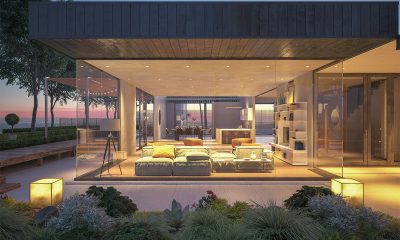
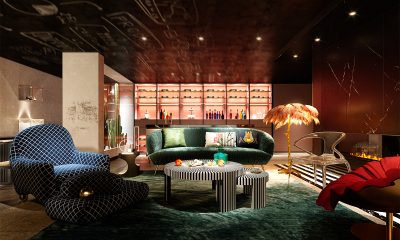

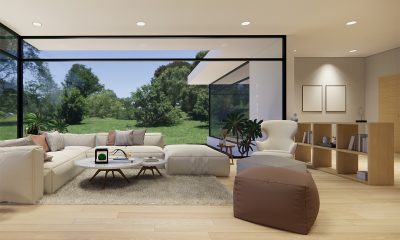
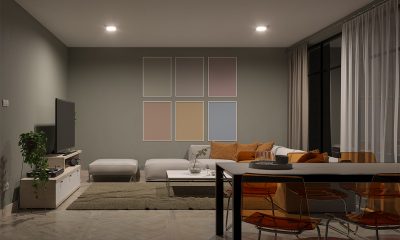
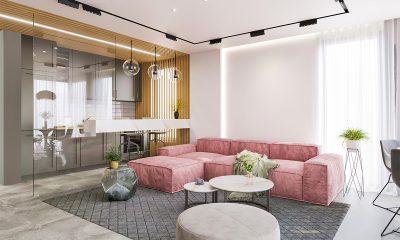
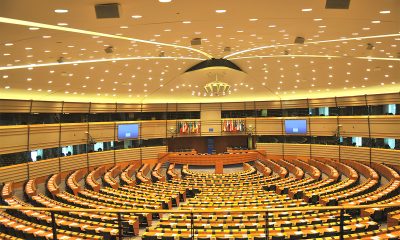
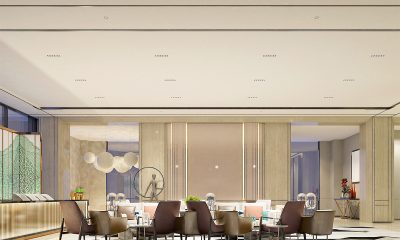
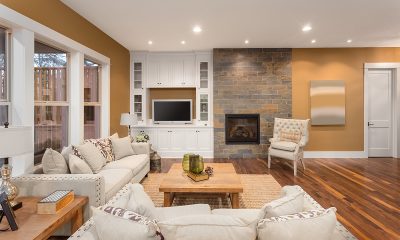
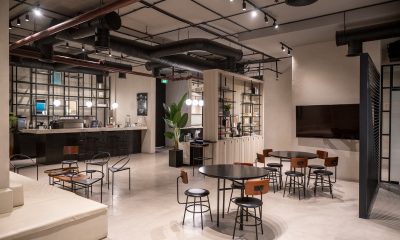

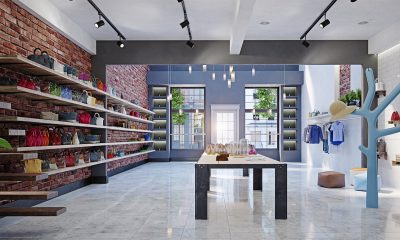





Loading...